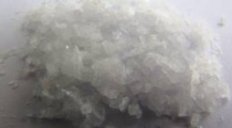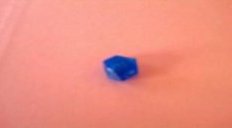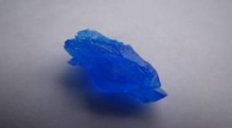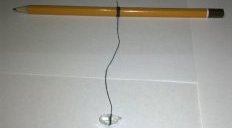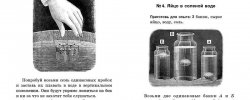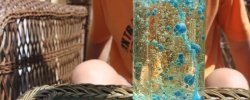Diffusion Of Copper Corn
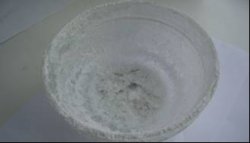
Introduction
1. Theory of crystals.
Crystals are solid bodies whose atoms or molecules occupy certain, orderly positions in space. That's why crystals have flat edges. For example, a bunch of ordinary welded salt has flat edges that make each other straight angles. The chrystal structure has metals. If you take a relatively large piece of metal, at first glance, his crystal structure does not appear either in the outer form of a piece or in its physical properties. Metals in normal condition do not detect anonyopathy. The thing is, usually the metal consists of a large number of small crystals that have grown together.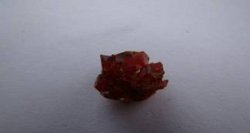 Each crystalline's vault depends on direction, but crystals are directed towards each other in a erratic way. As a result, far above the volume of individual crystals, all directions within metals are equal and metal properties are identical in all directions. A solid body composed of a large number of single crystals is called polycrystal. Single crystals are called monocrystals. polycrystals are not just metals. Most crystal bodies are polycrystals, because they are made of a lot of grown crystals.
Each crystalline's vault depends on direction, but crystals are directed towards each other in a erratic way. As a result, far above the volume of individual crystals, all directions within metals are equal and metal properties are identical in all directions. A solid body composed of a large number of single crystals is called polycrystal. Single crystals are called monocrystals. polycrystals are not just metals. Most crystal bodies are polycrystals, because they are made of a lot of grown crystals.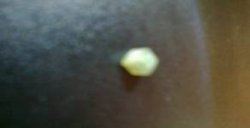 Single crystals - monocrystals have the right geometric form, and their properties vary in different directions.
Single crystals - monocrystals have the right geometric form, and their properties vary in different directions.
Liquid crystals are substances that act both as liquids and as solid bodies. Molecules in liquid crystals, on the one hand, are quite movable, on the other, regularly formed by the type of crystal structure (single or double). Frequently, the right molecule position is violated, and the liquid crystal becomes a normal liquid.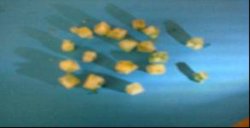 On the contrary, at sufficiently low temperatures, liquid crystals are frozen to become solid bodies. The regular location of molecules in liquid crystals makes them particularly optical. Liquid crystals can be controlled by using magnetic or electrical field. This is used in liquid crystallical indicators of hours, calculators, computers and recent television models. With great precautions, you can grow a big crystal, monocrystal.
On the contrary, at sufficiently low temperatures, liquid crystals are frozen to become solid bodies. The regular location of molecules in liquid crystals makes them particularly optical. Liquid crystals can be controlled by using magnetic or electrical field. This is used in liquid crystallical indicators of hours, calculators, computers and recent television models. With great precautions, you can grow a big crystal, monocrystal.
